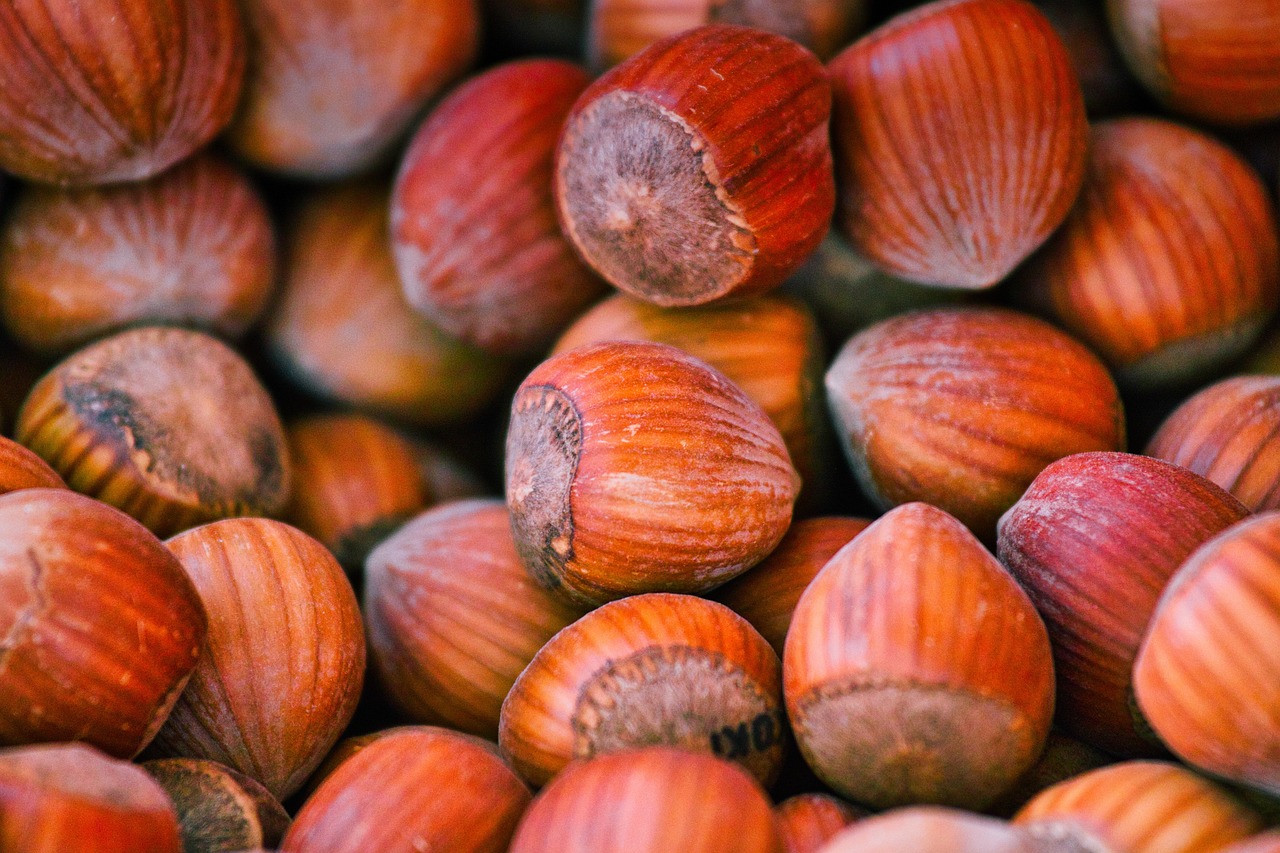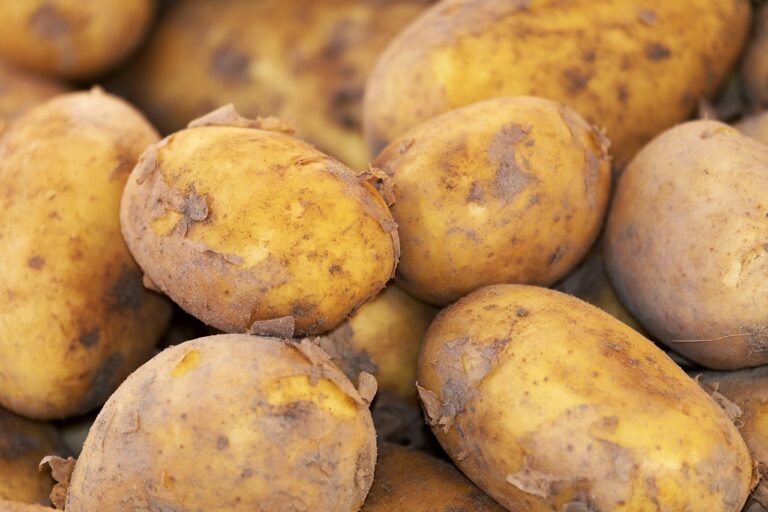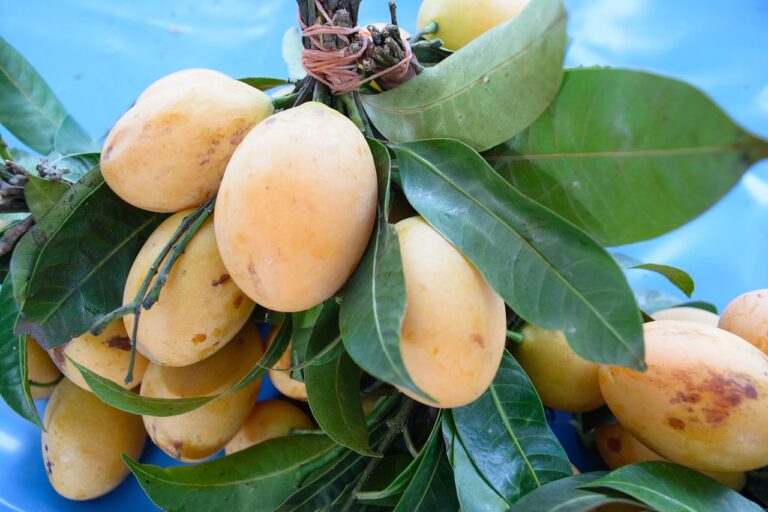Sustainable Agriculture: Cover Cropping and Crop Rotation
Cover cropping offers a wide array of benefits to agricultural systems. One key advantage is the ability of cover crops to suppress weeds, reducing the competition for water, nutrients, and sunlight. This can lead to decreased weed pressure, resulting in healthier crops with higher yields.
In addition, cover cropping helps to improve soil structure and reduce erosion. The root systems of cover crops help to bind soil particles together, enhancing soil stability and reducing the risk of erosion caused by wind or water. This not only helps to protect the soil, but also promotes better drainage and aeration, creating a more conducive environment for plant growth.
Different Cover Crop Options
Farmers have a wide range of cover crop options available to choose from when planning their crop rotation. Legumes like clover and vetch are popular choices as they can fix nitrogen in the soil and enrich it for subsequent crops. Grasses such as rye and oats help prevent erosion, suppress weeds, and improve soil structure.
For those looking for a versatile cover crop option, mixtures like radish and crimson clover can offer benefits such as nutrient cycling, weed suppression, and increased biodiversity. Additionally, winter cover crops like winter peas and hairy vetch can provide excellent ground cover during the colder months, protecting the soil from harsh weather conditions and preserving its fertility.
• Legumes like clover and vetch can fix nitrogen in the soil
• Grasses such as rye and oats help prevent erosion and suppress weeds
• Mixtures like radish and crimson clover offer nutrient cycling benefits
• Winter cover crops like winter peas protect soil during colder months
How Cover Cropping Improves Soil Health
Cover cropping is a beneficial practice that plays a significant role in enhancing soil health. By planting cover crops during periods when the soil would otherwise be bare, such as after the main crop is harvested, the soil is protected from erosion. This protective cover also helps to minimize water runoff and retain moisture, promoting better soil structure and reducing the risk of compaction.
Furthermore, cover cropping can improve soil fertility by fixing nitrogen from the atmosphere into the soil. Leguminous cover crops, like clover or vetch, have the ability to convert atmospheric nitrogen into a form that is easily accessible to plants. This natural process not only reduces the need for synthetic fertilizers, but also enriches the soil with essential nutrients, fostering a healthier and more productive growing environment.
What are some benefits of cover cropping?
Cover cropping helps prevent soil erosion, suppresses weeds, improves soil fertility, enhances water retention, and promotes beneficial soil organisms.
What are some different cover crop options?
Some common cover crop options include legumes like clover and vetch, grasses like rye and oats, and brassicas like radishes and mustards.
How does cover cropping improve soil health?
Cover cropping improves soil health by adding organic matter to the soil, increasing microbial activity, reducing compaction, and improving nutrient availability for crops.
Can cover cropping help reduce the need for synthetic fertilizers?
Yes, cover cropping can help reduce the need for synthetic fertilizers by fixing nitrogen in the soil, which can then be used by subsequent crops.
How long should cover crops be left in the field?
Cover crops can be left in the field for different lengths of time depending on the specific goals of the farmer, but typically they are left to grow for a few months before being terminated.







